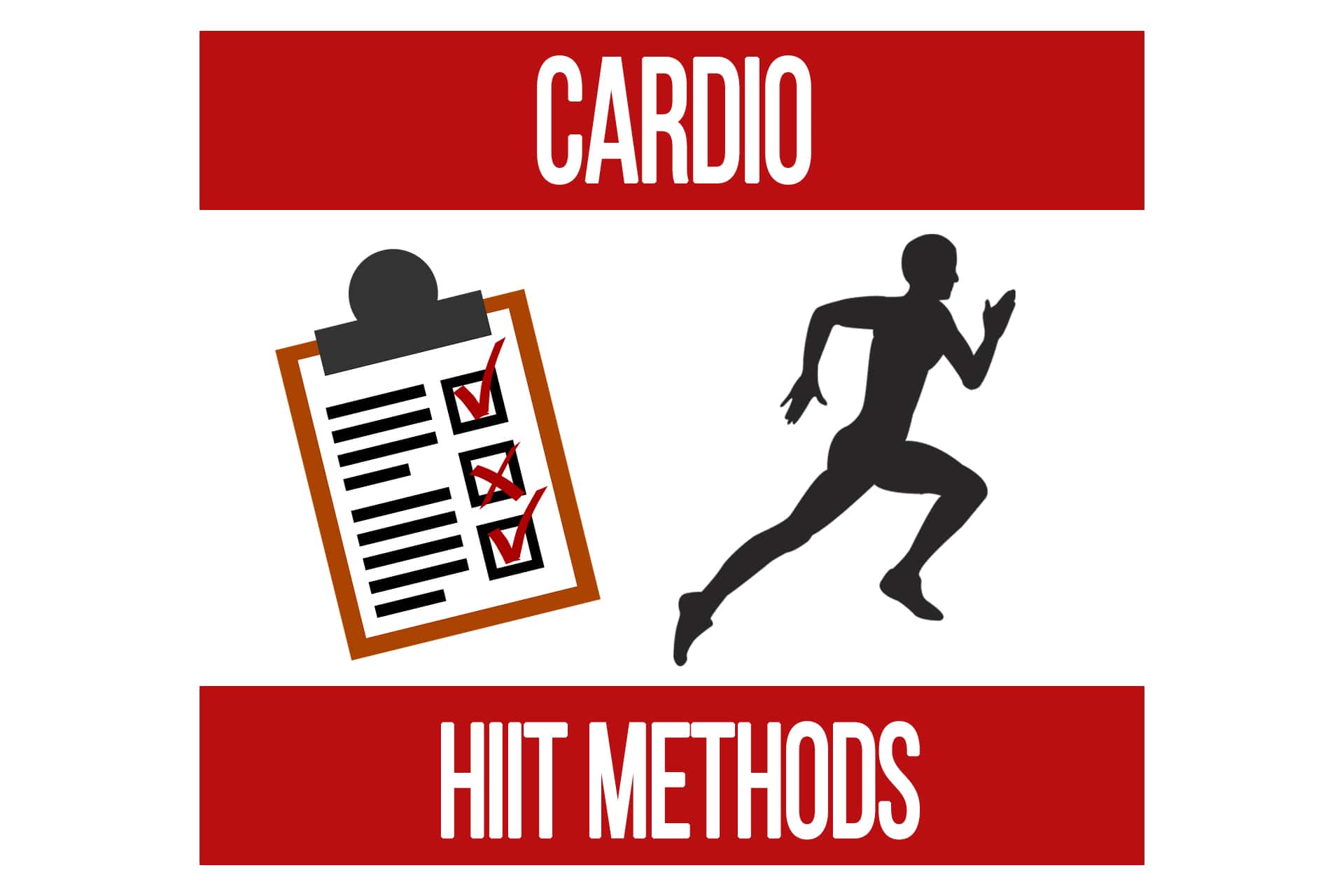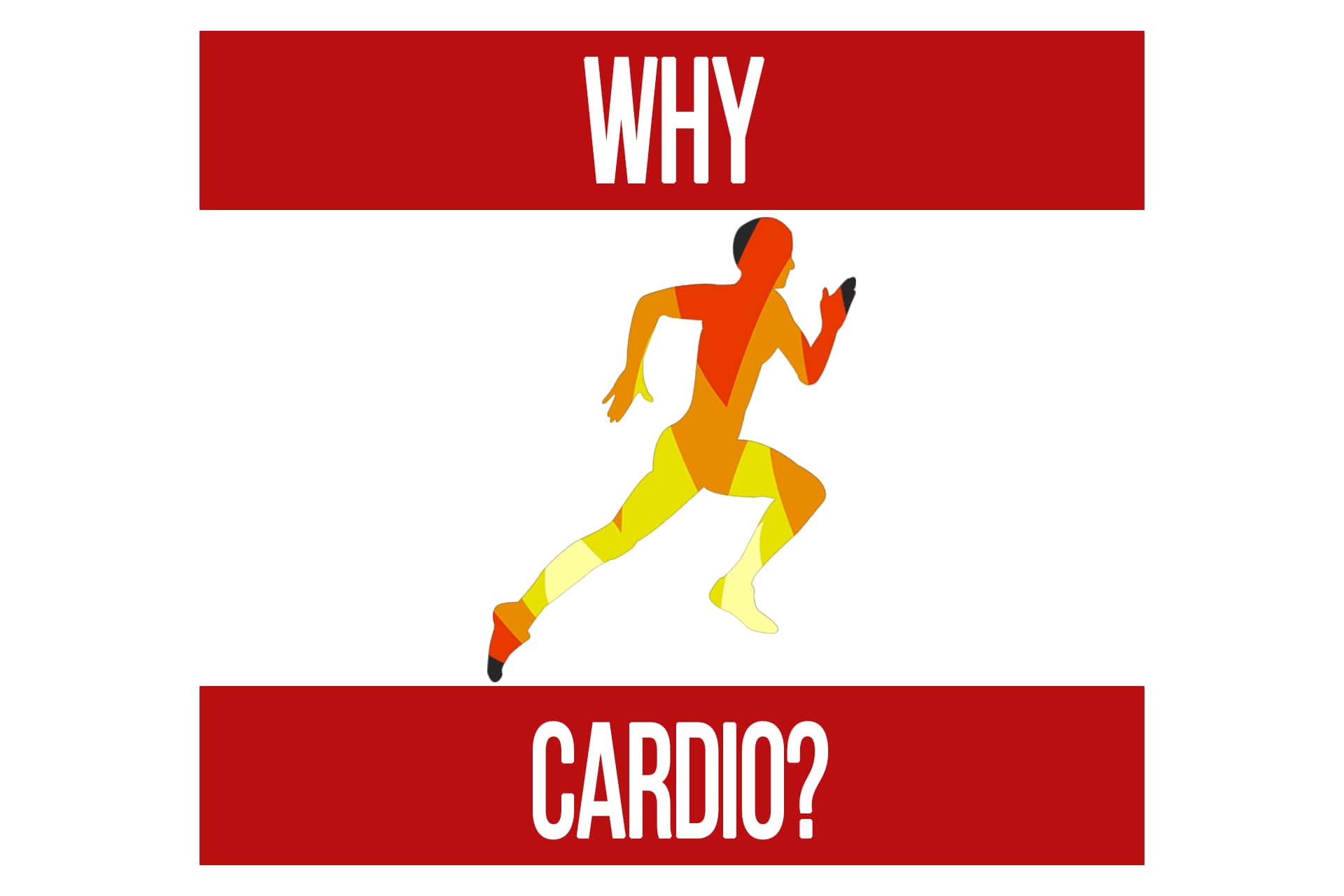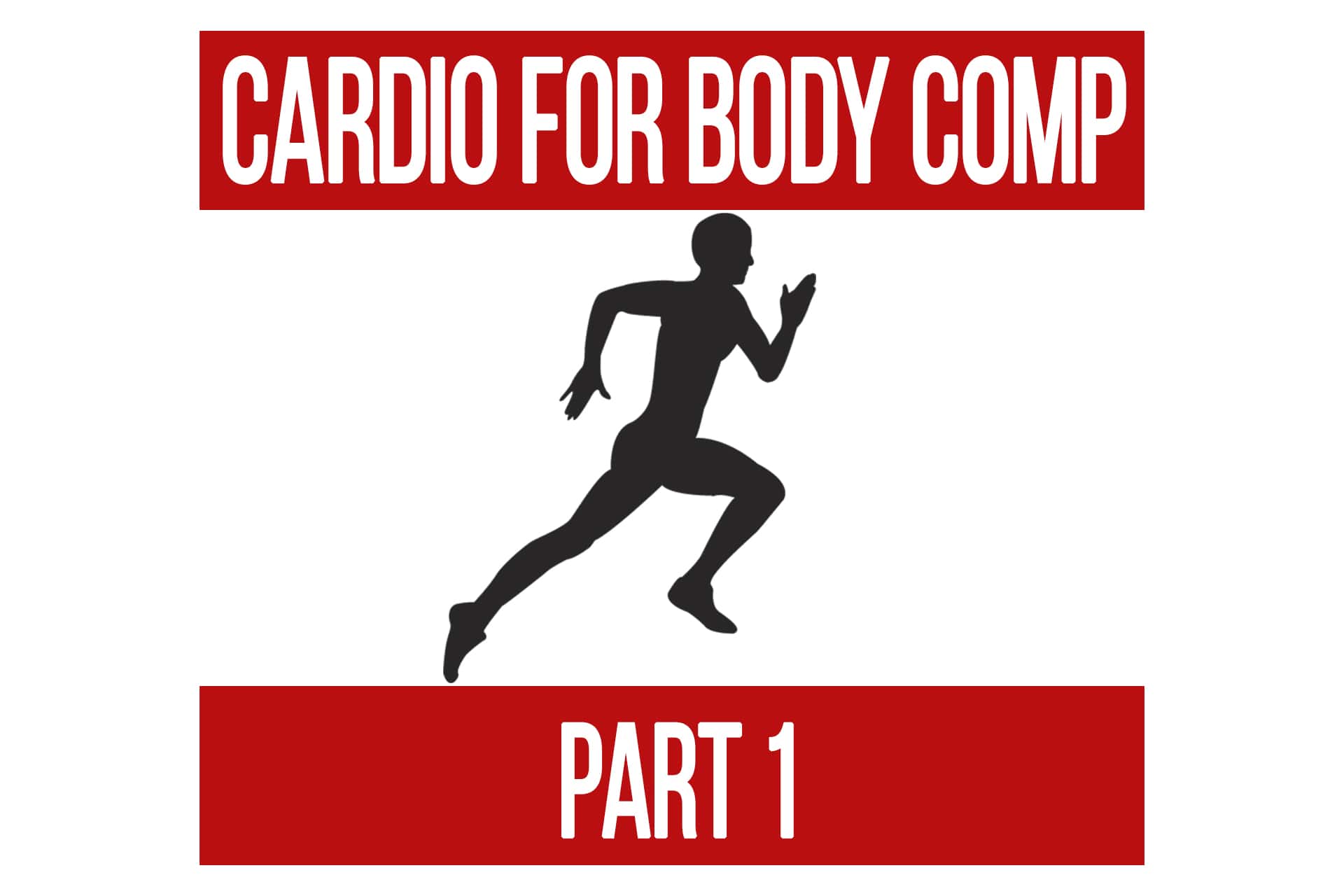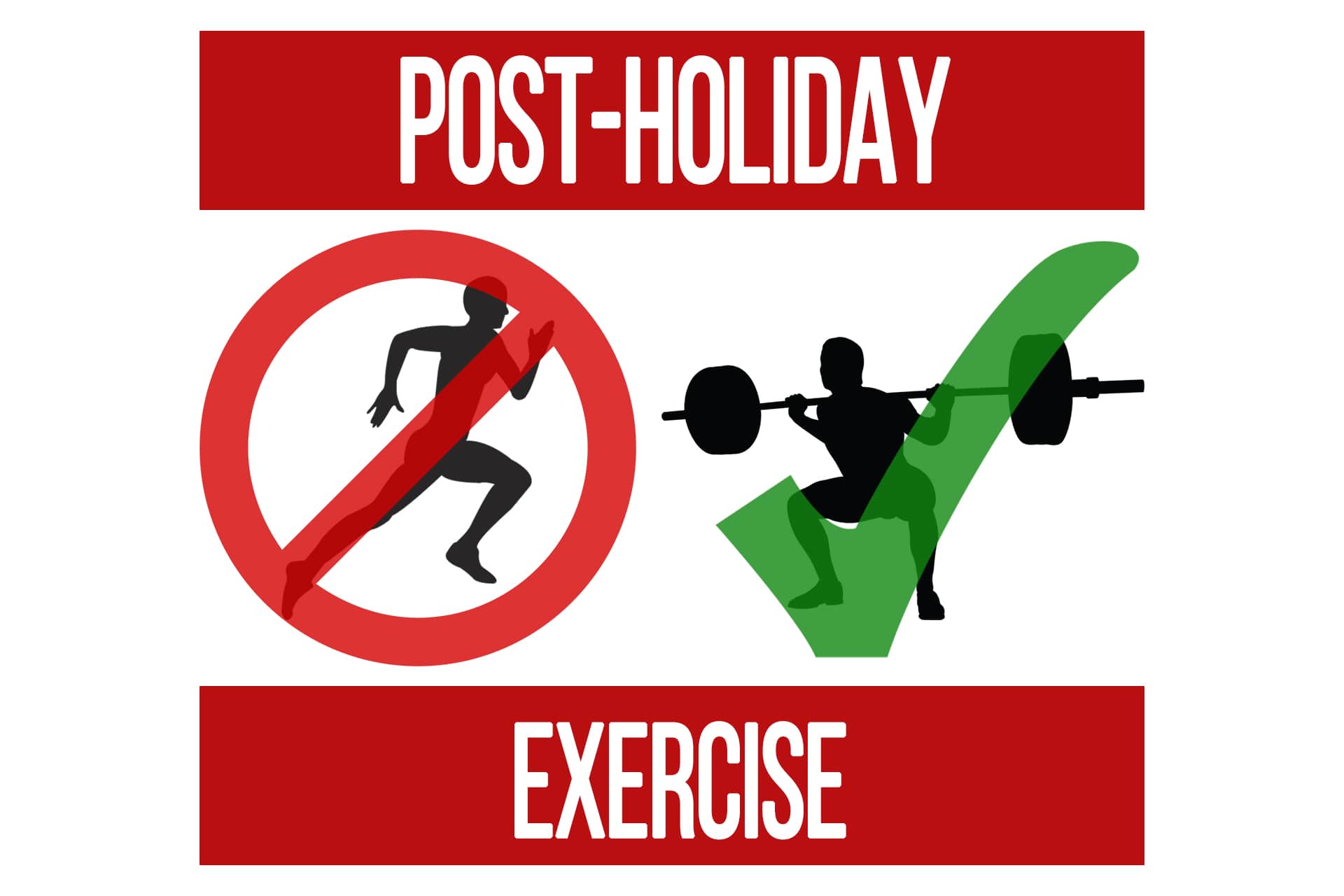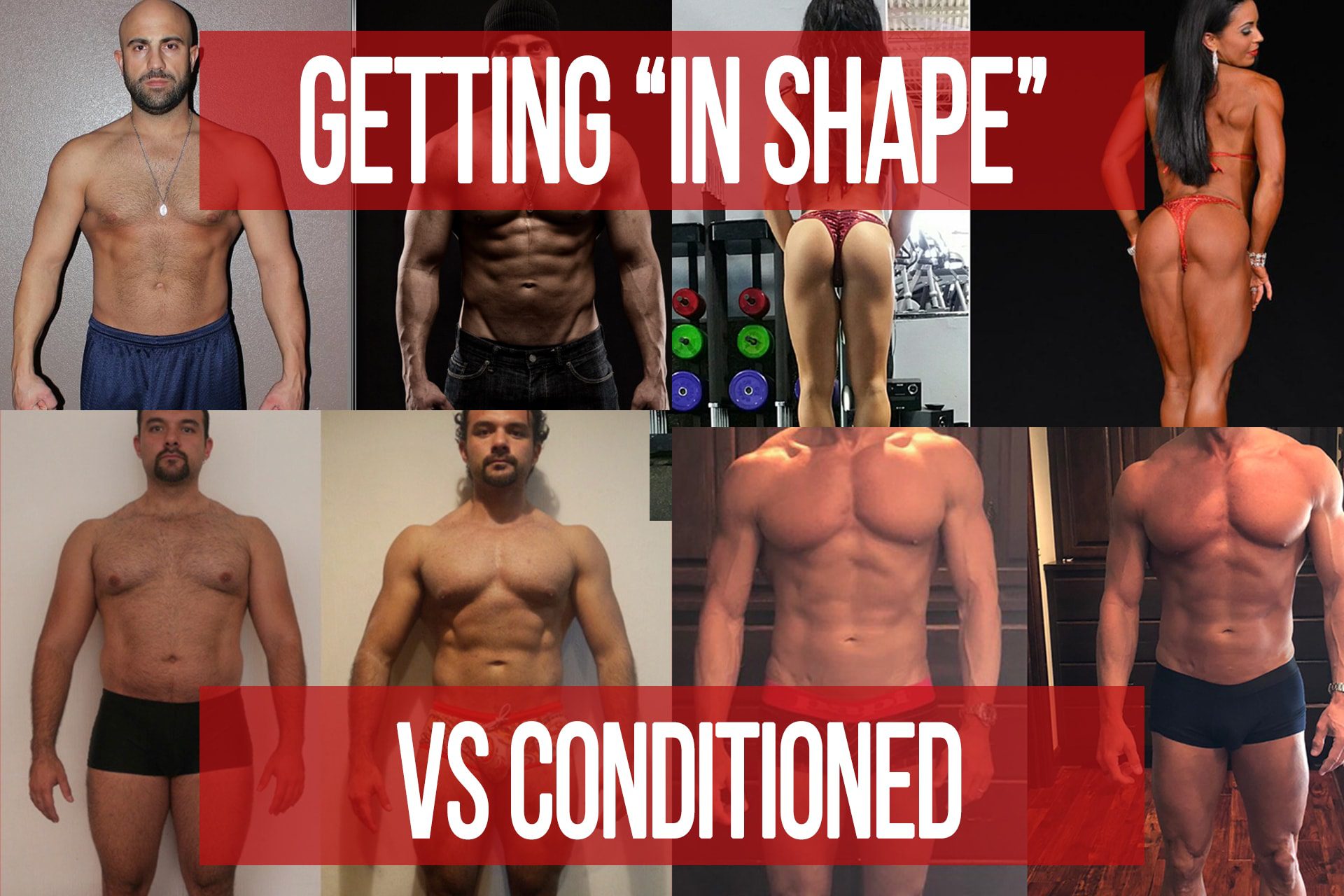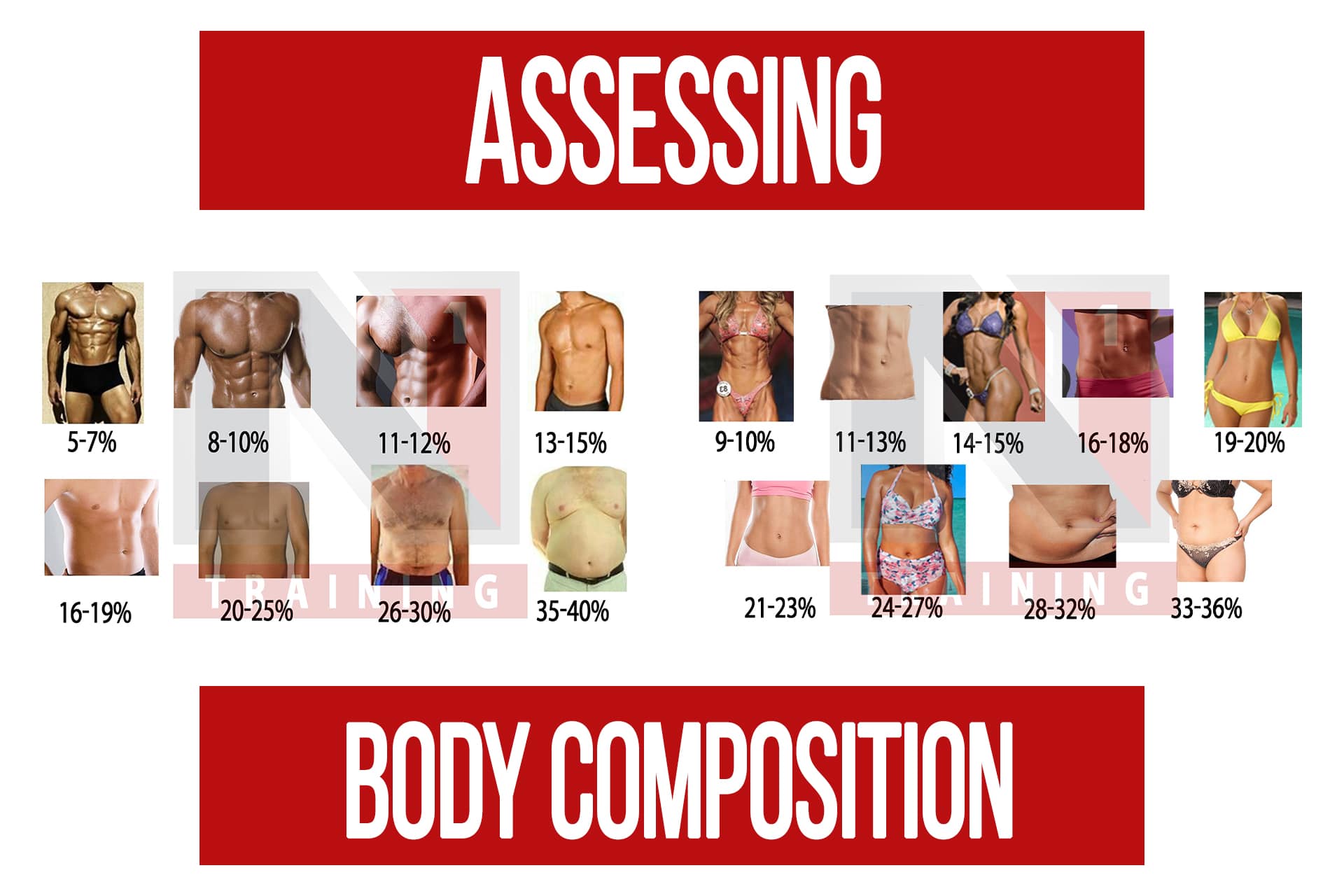HIIT Cardio: Don’t Be Fooled
n1 training
There is a substantial amount of research on high-intensity interval training (a.k.a. HIIT cardio) looking at the benefits and adaptations it can provide. Even comparative studies looking at its effects relative to traditional steady state cardiovascular exercise.
The potential benefits make it a very attractive tool to use both for body composition or performance goals. However, it is important to understand exactly what qualifies as HIIT. There are a lot of sources out there that promote the HIIT benefits but when we examine their methods, they fall short of eliciting the same demands on the body therefore lack the same physiological response.
Defining HIIT Cardio
There are many different work:rest ratios that can be used for HIIT depending on the desired stimulus of the session, but one thing remains constant…
HIIT cardio normally consists of short duration (10 – 60 seconds) 100% maximal-effort work intervals.
Read that again. 100% effort.
There are some things you simply cannot exert 100% effort on. Here are a few examples: body weight squats, push ups, box jumps.
There are a lot of posts out there that say something to the effect of “Try this HIIT circuit!” and it consists of mostly body weight exercises and plyometrics.
Sorry, that is not HIIT cardio. It’s low-intensity body weight aerobic work.
The benefits of HIIT come from the maximal force output which creates a rapid production of metabolic waste and puts a high demand on your mitochondria in a short period of time. This means that if you’re not choosing a method that allows you to contract with maximum intensity it’s not technically HIIT.
This is why there are a limited number of methods that can actually be used for HIIT cardio. They allow maximum intensity in a safe environment that matches your output even as you start to fatigue.
Some examples include:
- Spin Bike
- Weighted Sled push/pull (Prowler)
- Sprints (flat or on a hill, NOT a treadmill)
Learn more about the method options and reasoning why some are better than others in THIS VIDEO.
A dead giveaway that it’s not a HIIT workout is if the work interval lasts for 90+ seconds. If you can sustain your output for 90+ seconds you are either not working at maximum intensity OR by the end the level of output is so low that you’re just accumulating oxidative stress and excess inflammation. Neither of which are going to be very helpful with the body composition changes you’re looking for.
The goal is short duration output that creates a rapid depletion of glycogen and puts a high demand on your energy systems.
So no, that body weight circuit from Instagram is not HIIT and doesn’t provide the same benefits. That can work for some systemic conditioning adaptations, but that is a different goal. That too can be better achieved with well designed resistance training for a number of reasons that will have to be the topic of another article.
Keep the “intensity” in High Intensity Interval Training.
There is a substantial amount of research on high-intensity interval training (a.k.a.HIIT) looking at the benefits and adaptations it can provide. Even comparative studies looking at its effects relative to traditional steady state cardiovascular exercise.
The potential benefits make it a very attractive tool to use both for body composition or performance goals. However, it is important to understand exactly what qualifies as HIIT. There are a lot of sources out there that promote the HIIT benefits but when we examine their methods, they fall short of eliciting the same demands on the body therefore lack the same physiological response.
Defining HIIT Cardio
There are many different work:rest ratios that can be used for HIIT depending on the desired stimulus of the session, but one thing remains constant…
HIIT cardio normally consists of short duration (10 – 60 seconds) 100% maximal-effort work intervals.
Read that again. 100% effort.
There are some things you simply cannot exert 100% effort on. Here are a few examples: body weight squats, push ups, box jumps.
There are a lot of posts out there that say something to the effect of “Try this HIIT circuit!” and it consists of mostly body weight exercises and plyometrics.
Sorry, that is not HIIT cardio. It’s low-intensity body weight aerobic work.
Benefits & Methods
The benefits of HIIT come from the maximal force output which creates a rapid production of metabolic waste and puts a high demand on your mitochondria in a short period of time. This means that if you’re not choosing a method that allows you to contract with maximum intensity it’s not technically HIIT.
This is why there are a limited number of methods that can actually be used for HIIT cardio. They allow maximum intensity in a safe environment that matches your output even as you start to fatigue.
Some examples include:
- Spin Bike
- Weighted Sled push/pull (Prowler)
- Sprints (flat or on a hill, NOT a treadmill)
Learn more about the method options and reasoning why some are better than others in THIS VIDEO.
How to Tell It's Not HIIT
A dead giveaway that it’s not a HIIT workout is if the work interval lasts for 90+ seconds. If you can sustain your output for 90+ seconds you are either not working at maximum intensity OR by the end the level of output is so low that you’re just accumulating oxidative stress and excess inflammation. Neither of which are going to be very helpful with the body composition changes you’re looking for.
The goal is short duration output that creates a rapid depletion of glycogen and puts a high demand on your energy systems.
So no, that body weight circuit from Instagram is not HIIT and doesn’t provide the same benefits. That can work for some systemic conditioning adaptations, but that is a different goal. That too can be better achieved with well designed resistance training for a number of reasons that will have to be the topic of another article.
Keep the “intensity” in High Intensity Interval Training.
In Part II I’ll cover the details of setting up and executing effective HIIT cardio sessions.
Post Holiday Exercise: Why Jumping to Cardio is a NO NO
articleBody Composition FREE Support TrainingGetting “In Shape” vs Conditioned
articleBody Composition Conditioning Definition Supplementation Training
Popular Pages
Learn & Train With Us
Add N1 Training to your Homescreen!

Please log in to access the menu.
